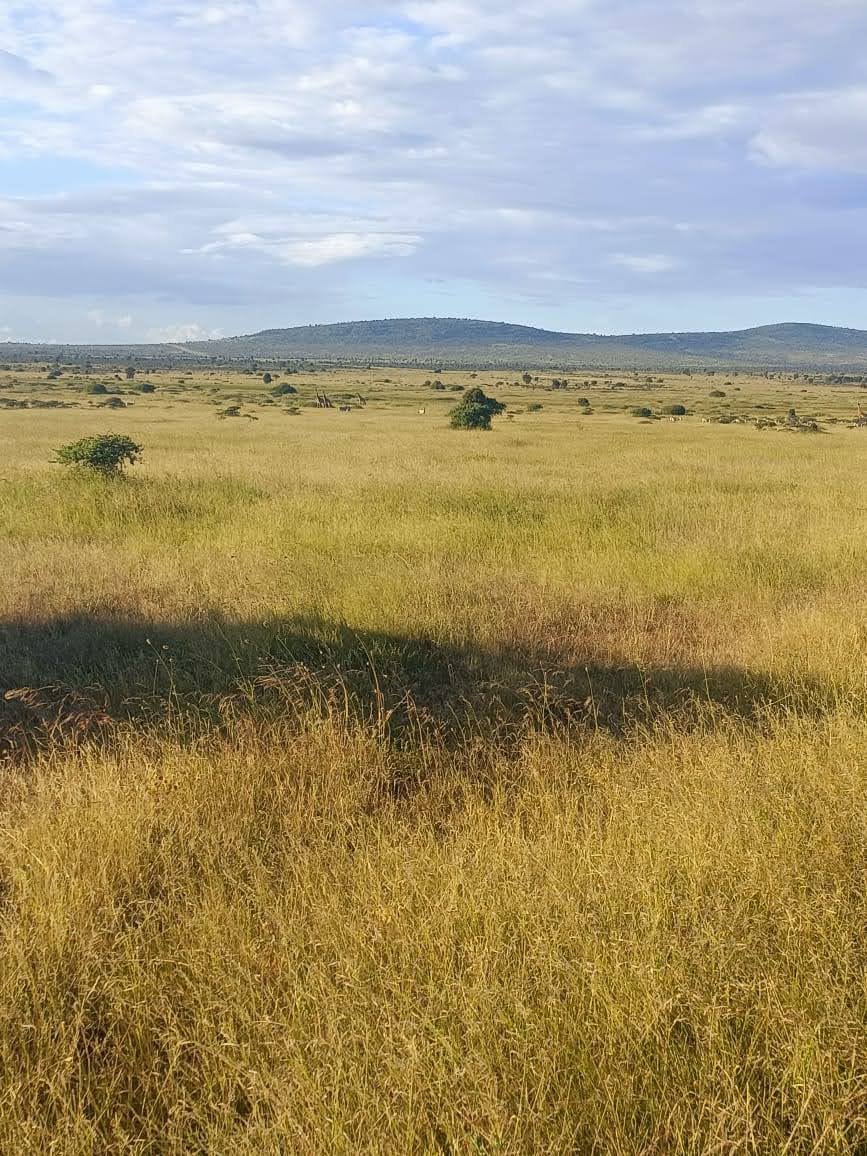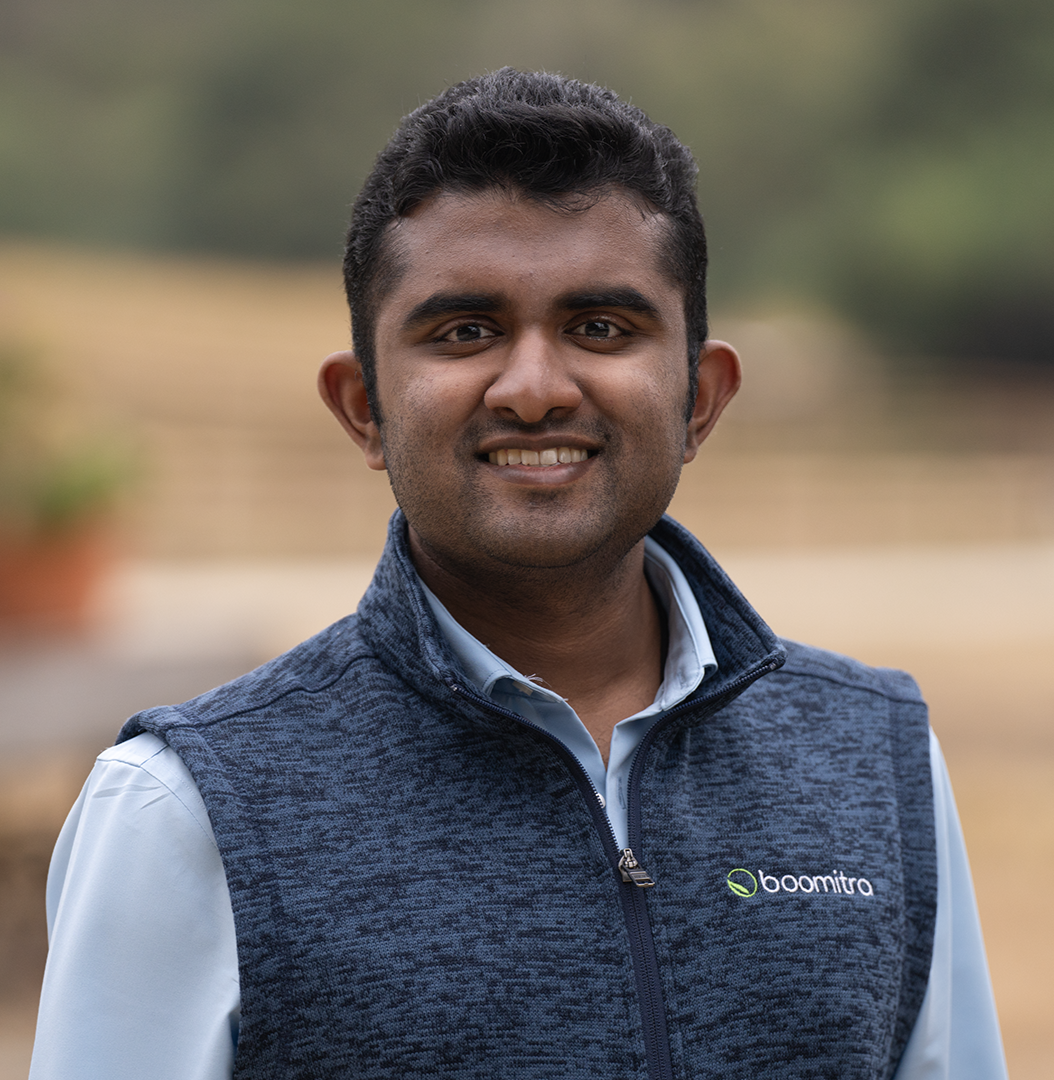Boomitra East Africa Grassland Restoration Project
Restoring Grasslands and Supporting Pastoral Communities Across East Africa Through Verified Soil Carbon Projects
"These communities have protected biodiversity for generations without compensation. Now, for the first time, they’re being recognized and rewarded for that stewardship."
-Viraj Sikand, CEO of EarthAcre
.png?width=1080&height=1200&name=Project%20landing%20page%20photos%20(2).png)
Be the first to get project updates
Sign up for our newsletter to get the latest news, insights, and project updates straight to your inbox.

Our East Africa Grassland Restoration Project
Spanning over 22,000 acres of semi-arid rangelands in Kenya, Boomitra’s East Africa project empowers pastoralist communities to restore degraded grasslands through regenerative grazing.
By combining local knowledge with AI-powered soil carbon measurement, the project increases soil carbon storage, enhances biodiversity, and strengthens climate resilience. As Kenya’s first grassland carbon project registered under Verra’s VM0042 methodology, it unlocks new income streams for herders while delivering verifiable climate impact in one of the world’s most vulnerable dryland regions.
“We're seeing the power of blending indigenous knowledge with cutting-edge technology to restore grasslands and create lasting climate solutions.”
– Viraj Sikand, CEO of EarthAcre
over 20 years
Stories from the field:
The voices behind the restoration
.png)
Building Trust, Restoring Land
For EarthAcre’s Viraj Sikand, real climate solutions begin with trust. Learn how Boomitra and EarthAcre are working hand-in-hand with pastoralist communities to regenerate rangelands—and ensure they benefit from the carbon markets they power.
.png)
Restoring Grasslands, Reviving Life
Healthy grasslands don’t just store carbon—they bring ecosystems back to life. From birdsong to biodiversity, see how Boomitra’s soil carbon projects help heal landscapes and support the species that call them home.
"Our work in East Africa reflects what’s possible when climate innovation meets pastoralist leadership. By combining AI-powered monitoring with community-driven grazing practices, we’re restoring rangelands and unlocking meaningful carbon finance for dryland regions."
-Aadith Moorthy, Boomitra CEO & Founder








How big is this project?
- The project covers 22,311 acres of semi-arid rangelands in Kenya. These lands are home to pastoralist communities working to restore degraded grasslands and increase soil carbon through regenerative grazing practices.
What regenerative practices do you use for this project?
How are soil carbon changes measured and verified?
Boomitra uses a digital MRV system that combines satellite imagery, soil samples, and biogeochemical modeling (RothC) to quantify changes in soil organic carbon. All measurements align with Verra’s VM0042 methodology and are independently verified by third-party auditors.
How is reversal risk managed?
What percentage of credit revenue goes to ranchers?
55% of gross carbon revenue is paid directly to farmers and ranchers. Another 20% goes to local implementation partners who are contractually obligated to reinvest in community-based support, ensuring 75% of value stays with local stakeholders.
Farmers and ranchers also benefit from numerous co-benefits.
Is participation voluntary? Are farmers required to purchase specific products?
Participation in all Boomitra projects is voluntary and requires full, informed consent. Growers digitally sign agreements and may withdraw at any point before verification without penalty.
Farmers are not required or incentivized to buy fertilizers, seeds, or tools from any company, including our investors or implementation partners.
How do you ensure long-term participation and impact?
We offer training, field support, digital tools like the Boomitra app and Mitra, our conversational GenAI assistant that communicates with farmers in local languages, and equitable revenue sharing. These create durable incentives for continued climate-smart land management.
Are indigenous or vulnerable communities involved?
Yes. Across our projects, Boomitra engages with vulnerable and underserved communities, including ejidos in Mexico, women ranchers in Argentina, and women’s farming collectives in India. We ensure full participation through Free, Prior, and Informed Consent (FPIC), with all agreements provided in local languages. In some regions, Indigenous communities may be included depending on local context and partnerships.


.png?width=300&height=100&name=VCS-Logo-Verra-Color%20PNG%20(1).png)